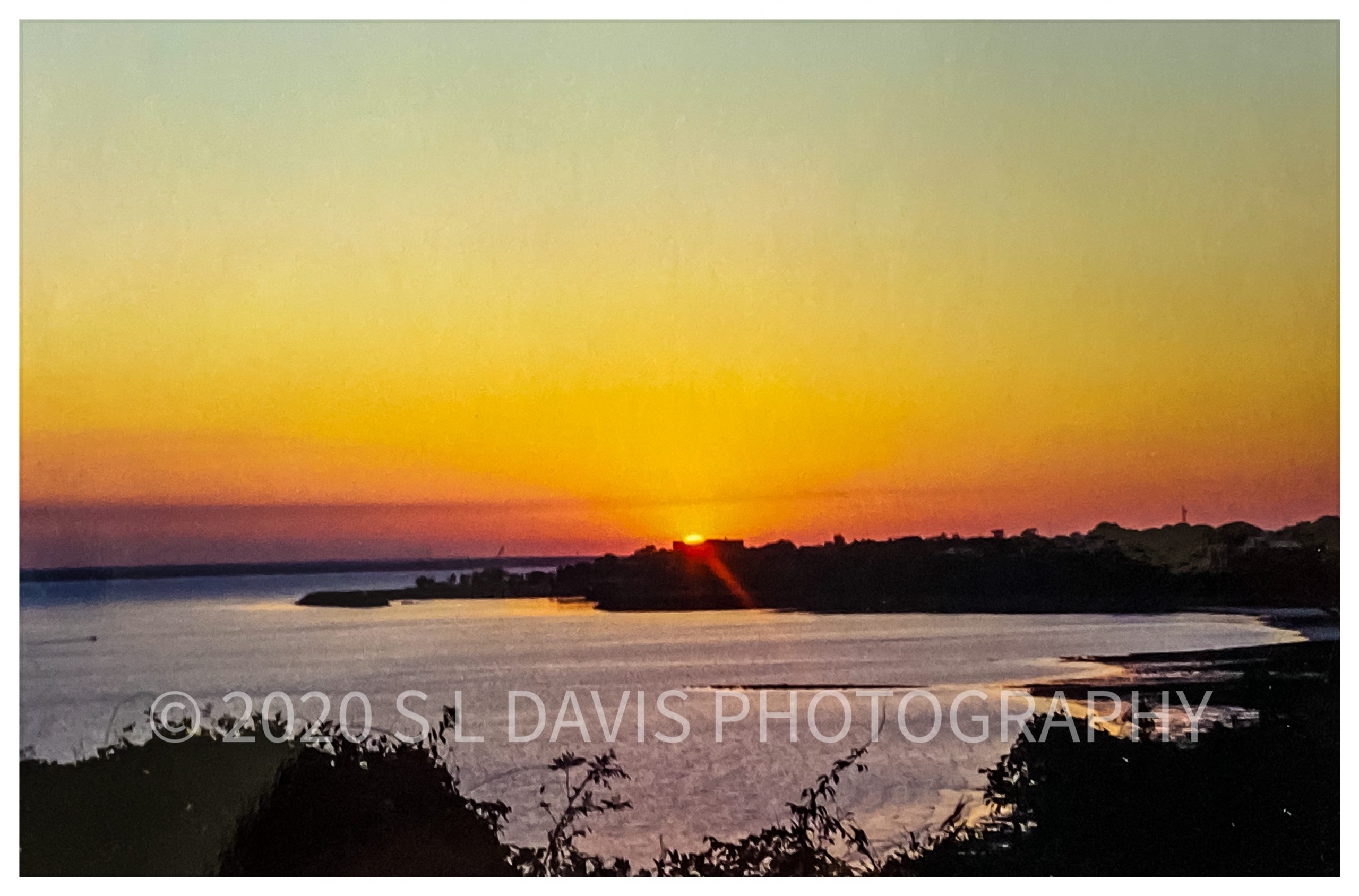
Departing Cairns, my first stop was briefly in Gove Peninsula as there wasn’t a direct flight to Darwin.
I popped into a little newsagent at this landing strip airport and the guy behind the counter was about to give me my second thought of “I have flown 13,000 miles to find this???”
The first thing he says to me is this… “That’s a nice Pomme accent, where are you from in England?”
I responded with “London”. He presses further, “Yeah, Yeah. Where in London?”
I respond, “OK, not London, Hertfordshire”. And eventually we get to the specifics of my location and he proudly informs me he used to live at the bottom of my road. You can imagine my face at this point and it’s more an expression of huh?
I board my connecting flight and finally arrive in Darwin and the heat hits you like you’ve put your face too close to an open fire. It is still Australia’s winter and the temperature was approximately 104°F!
I headed to my accommodation to relax and take in an evening walk.
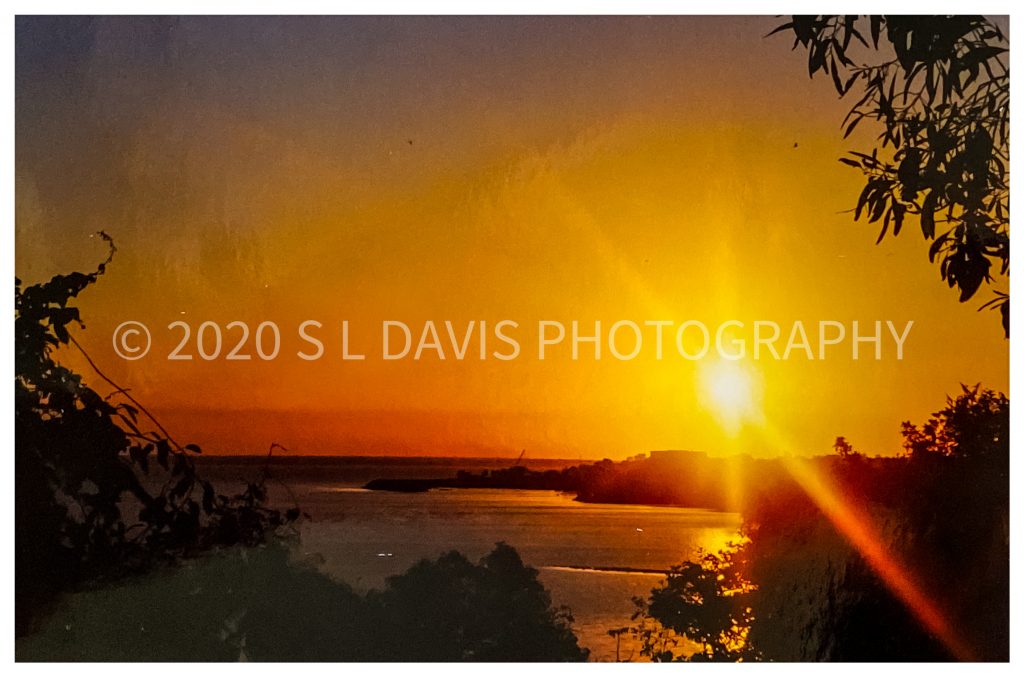
There is more to Darwin than meets the eye. Before I go into the rest of my experiences and show you more of the stunning views that caught my attention to take these stunning photos at my then tender age of 18. I will go into some facts about Darwin.
You may or may not know that Darwin, in the Northern Territory of Australia holds the largest population of crocodiles. In particular is the infamous Saltwater crocodile. This impressive beast which is nothing short of prehistoric can grow to approximately 7 meters long which is 22 ft. They can jump vertically, several feet out of water. It is advised if you have an encounter with one of these impressive crocodiles, to run in a zigzag as they can only run in a straight line, but they are incredibly fast. They are the largest species of crocodile in the world and the population in Darwin is estimated at around 200,000, outnumbering the approximate 140,000 human population living there. The bite of a Saltie has been measured with a bite force of jaws slammed shut with 3,700 pounds per square inch (psi), or 16,460 newtons, approximately 1.6 tonnes.
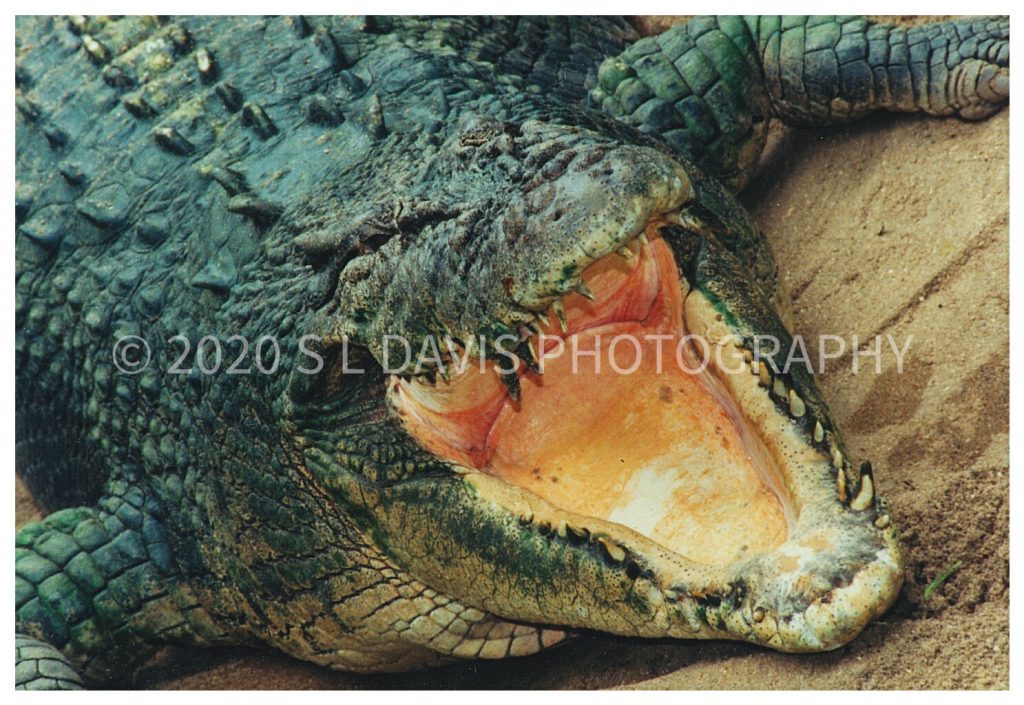
Back to my trip, I had begin booking my excursions and getting close to a Saltie was on the list, just not quite how I anticipated it would pan out. (Photo taken by me above and it wouldn’t be the last time I got up close to a wild crocodile on my travels.)
The following morning I headed off to the local jetty as I had heard you could feed fish and stingrays. This was of great interest to me and I was keen to get some photos. I reached the jetty in the stifling heat and found we were to feed Milkfish and Mullet. This is another experience I would recommend. It’s just slightly more aggressive than hand feeding koi carp. Next to the Jetty I could see a shoal of stingrays with a pair of reef egrets attempting to steal the food being thrown in.
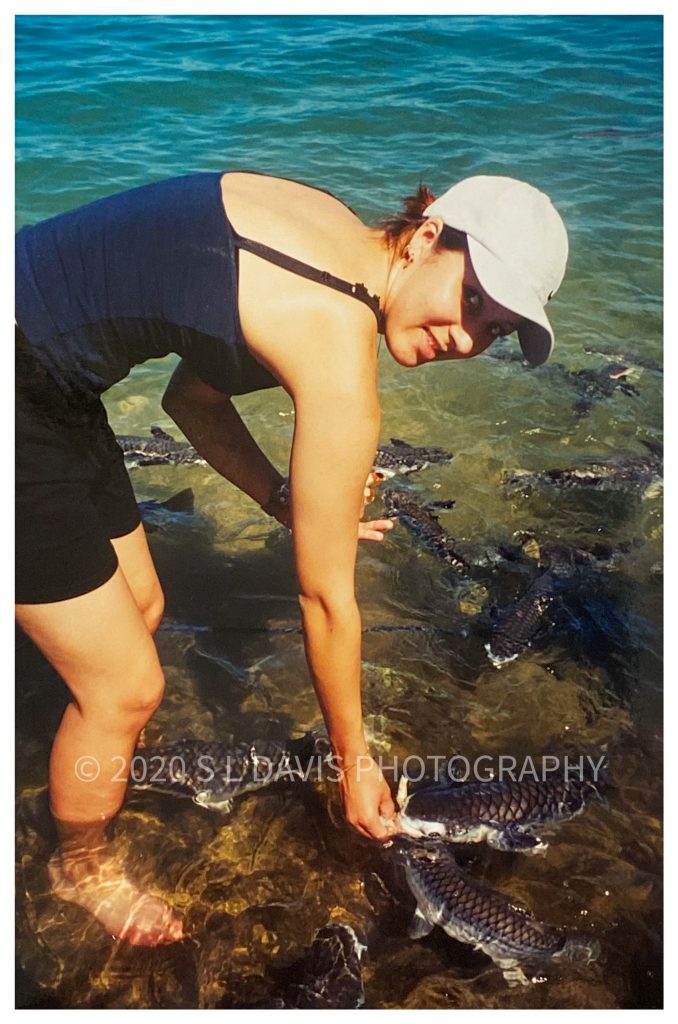
Following this experience, it was time for some rest, the heat meant it was a tad too hot to do much and I had arranged to do a tour to Kakadu National Park the following day, whereby things would get very interesting. However, a restful night was not to be.
At around 10 or 11pm DST, there was a sudden clattering of metal pans falling and one of the female backpackers screaming. In the corner of the kitchen area, was a rather cheeky possum. I wasn’t able to grab my camera and the sounds of the terrified backpacker, startled our cheeky new found friend and it was literally grab food and run. The noise of the crickets, didn’t help to send me off into a restful night and I was pretty tired the next day. My back was a little sore, and it appeared I’d bruised it when I jumped out of bed to see what the commotion was the night before.
Yawning, I jumped in my SUV transport and headed off for the National Park with only two days left of my trip, before I was due to fly back to the UK (Home).

The SUV that collected me would later present the driver as Darwin’s real life answer to “Crocodile Dundee”…
There are several National Parks in the Northern territory and I had chosen to go to Kakadu, which is the largest National Park in Australia. I was in for a real treat.
Our guide for the day explained the history as well as the threat to the Koalas, which to this day is still not just habitat lost and humans, but in fact chlamydia with some wild populations seeing a 100 percent infection rate.
He also covered the history of Kakadu whereby, Aboriginal people have occupied the Kakadu area continuously for at least 40,000 years. This park has a long Aboriginal history with over 5,000 recorded art, illustrating Aboriginal culture. In the park, there is also several freshwater lakes, which are home to the other native crocodile of Australia, the Australian Freshwater crocodile which is smaller and has a more narrow jaw in comparison to it’s Saltwater relative. You can see from the photograph I took below the jaw size.
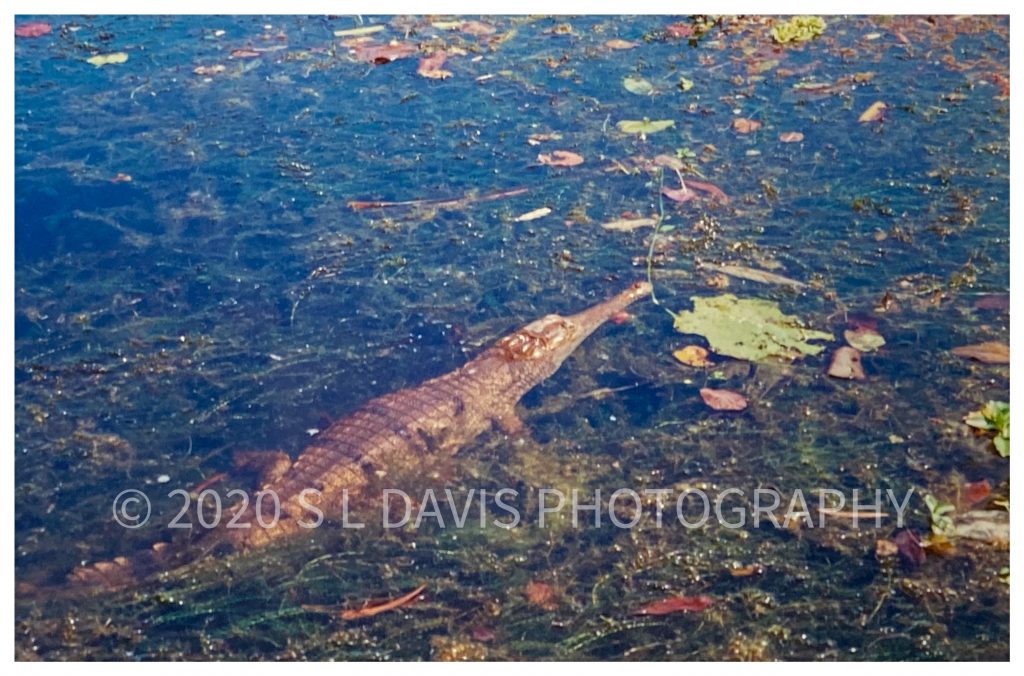
The Australian Freshwater crocodile, generally hunts fish. In the instances where it has bitten a human, it has been in self defence or a case of mistaken identity. Part of the tour took us to one of these freshwater lakes, whereby we did jump in to cool off, fully aware we were sharing our swim with these smaller crocodiles. Freshies can grow as large as 4 meters, which is 13ft.
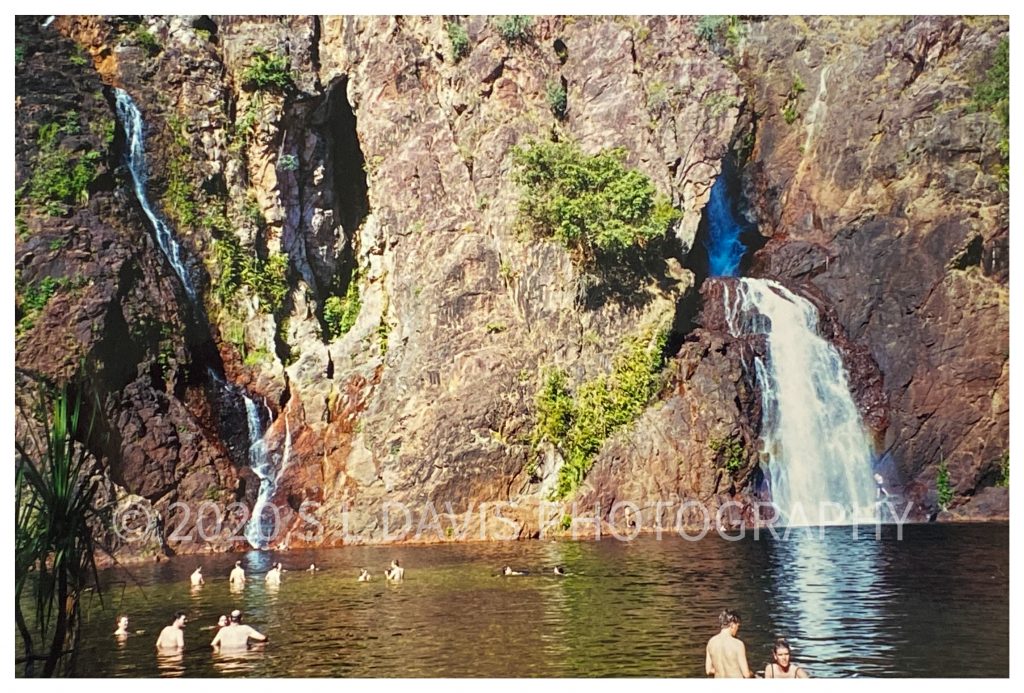
You have probably guessed by now, I had already developed a habit of getting very close to nature, without the need to always use a zoom lens. We carried on through the National Park till we stopped to get aboard, what can only be described as a very small tin motorised boat.
Our guide motored us out into the middle of these wetlands which was buzzing with wildlife and we stop in the middle. The other passengers aboard start getting excited and we are literally floating above a 13 ft Saltwater crocodile. I am in the middle of this tin boat watching everyone else leaning over the sides shouting, “Look,look darl, look at the croc!”
In the meantime, I clock our guide sharpening a very large spear with a hook on it. I ask him what he is doing. His response was this…” I am sharpening this spear, should the crocodile attack. I will jab it on the tip of its nose.” I look at him in disbelief and retort back. “If you poked me on the nose and I was that size (pointing at the Saltie), I will be mighty hacked off and will just bite harder!” He found this amusing, whereby my nerves were on edge and I had no faith in his capabilities of protecting us, should this croc attack. I mean, there was a boatful of annoying tourist snacks above it’s head, you couldn’t blame him for having a go, could you?
We moved on and I photographed away at the Salties and Freshies, hiding in the wetland or the shade of the bushes as well as other wildlife.
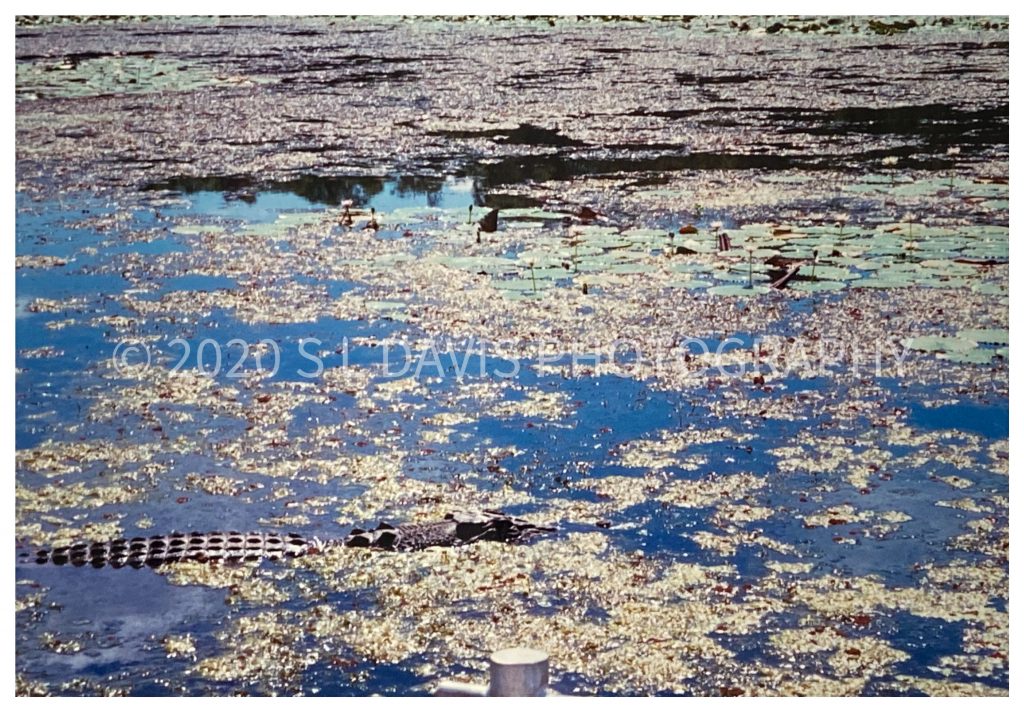
Crocodiles are actually tougher to spot in the bushes and long grasses, due to their colouring, these giants, are the masters of disguise.
We eventually made it back onto dry land and proceeded to take in the breathtaking views around the national park, spotting various birds, small lizards and water monitors darting for cover. There were stunning small and large waterfalls, which I also captured on film.
We continued on the final leg of the tour and we stopped to see an Aboriginal demonstration which involved boiling a leaf with Green/Weaver ants on it. It is believed these taste like lemon and is the Aboriginal way of making natural lemsip. They offered us these ants to taste test by licking its backside and at this point having tried several bushmeat options along my travels, I had reached my limit. A German girl next to me was game. Her Boyfriend, was on the same wavelength as me and had also hit his limit for trying local suggestions. She confirmed it did taste like citrus and then tried to encourage her boyfriend and I to give it a try. I pointed out she would be lucky to get a kiss from him after this. Though, looking back she had the mild taste test, as others were biting into the infamous witchetty grubs.
Taste testing over, we were now heading back out of the park as our tour drew to a close. Half way back and our guide randomly stops the SUV and goes running across the bush, leaving 8 tourists wondering what the hell was going on.
He returns and this is proof, we literally had “Crocodile Dundee” as a tour guide. He was carrying a frilled neck lizard. This is like a mini version of the Dilophosaurus you saw in Jurassic Park. The guide asked if anyone wanted to hold it and everyone backed off, except me. I was used to handling reptiles due to fact, I used to have a Vivarium and grew up rescuing reptiles that were abandoned in the early to mid 90’s.
Our tour came to an end and the next day would be a day of rest, before I took the long flight back to the UK.
I hope my blog on my 5 week tour of Australia has been informative, interesting and mildly Humorous. If you enjoyed my blog and photography or if anything stands out to you, or you have any questions, please drop me a comment under the relevant blog.




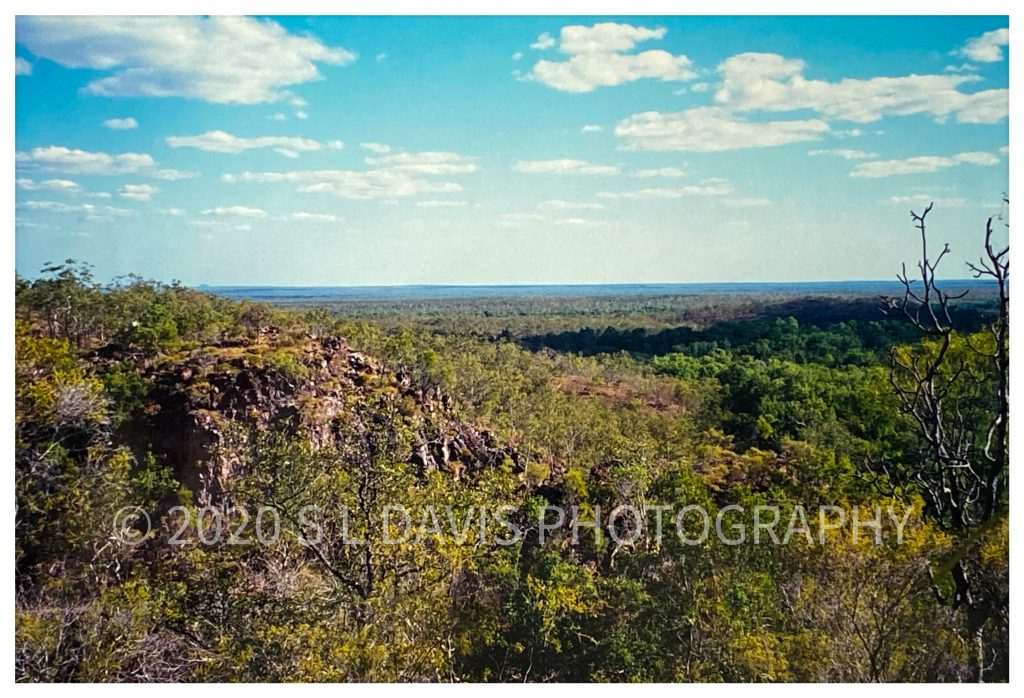


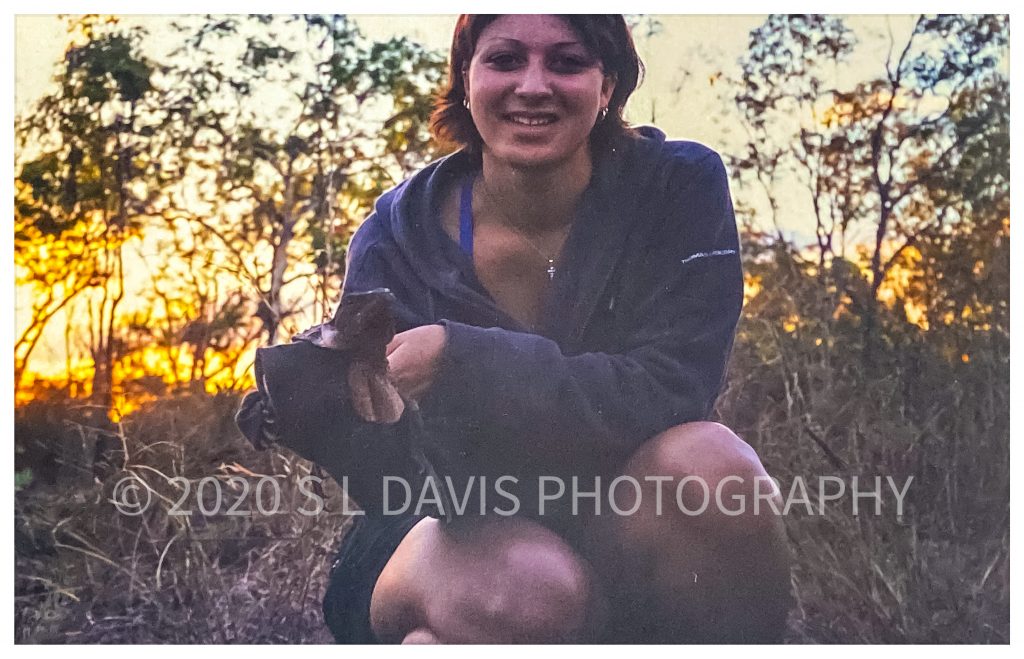
An excellent and informative series of posts about a wonderful trip. The photography is superb and I have enjoyed very much reading about your journey.
Thank you, really appreciate the feedback